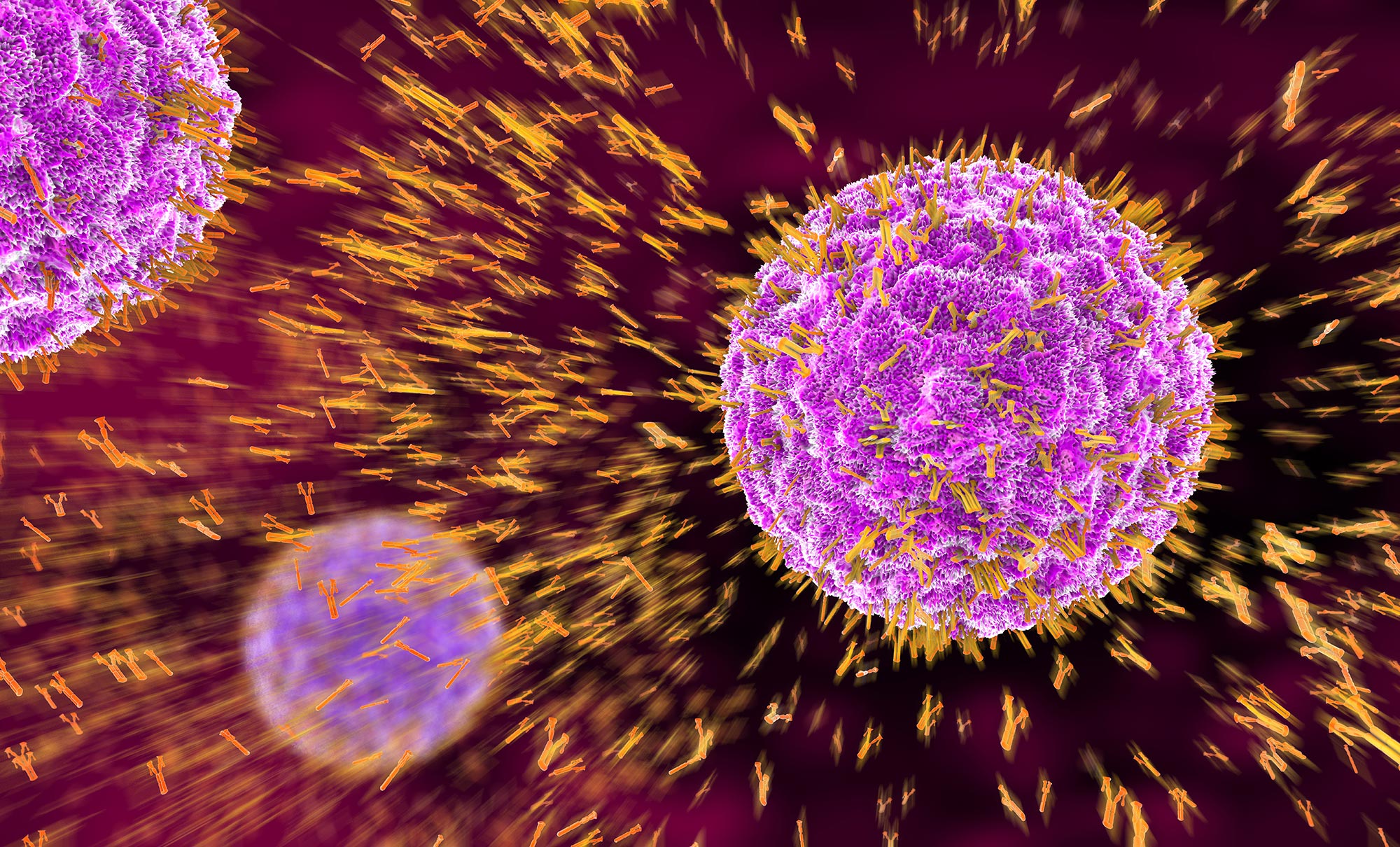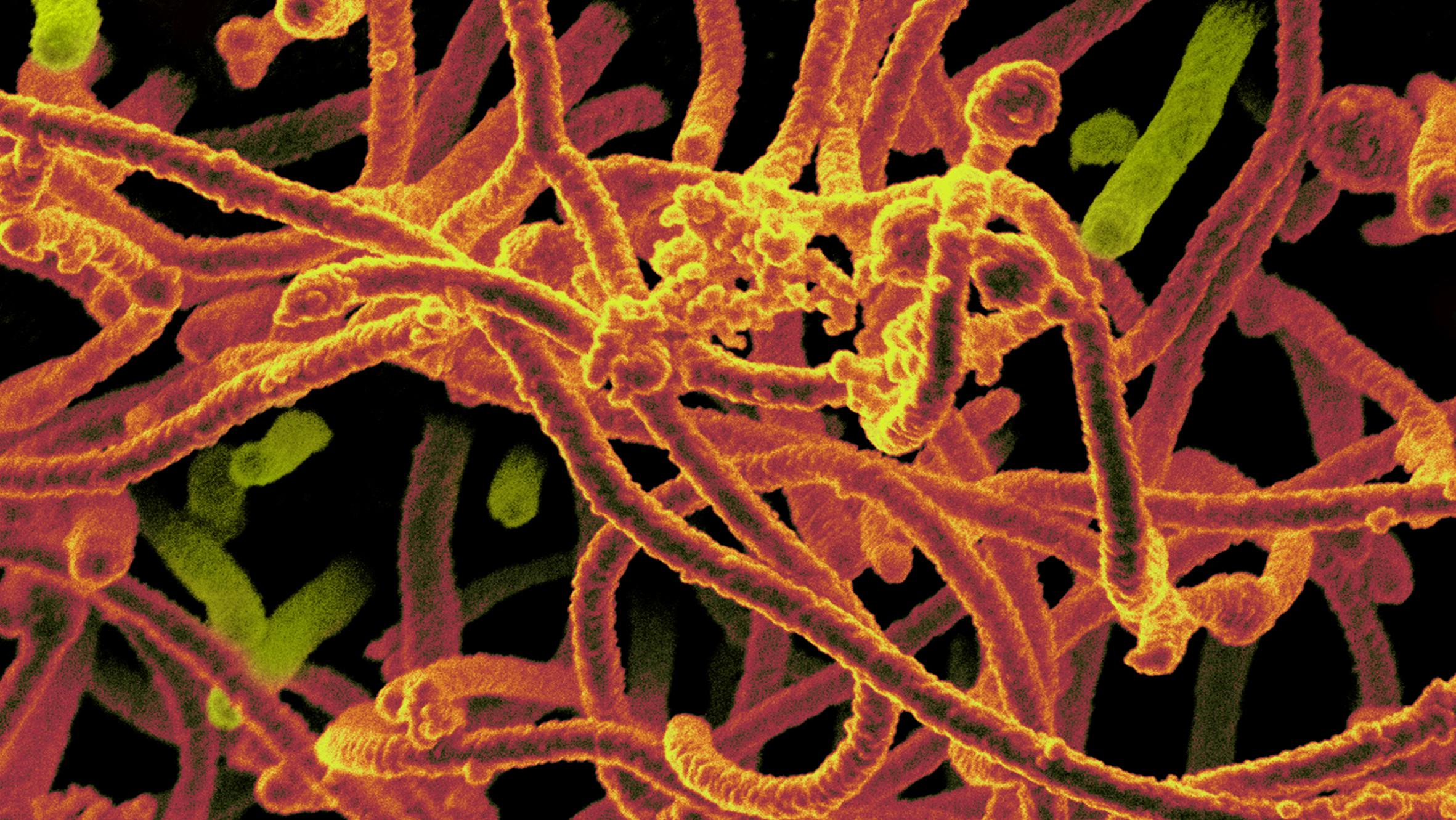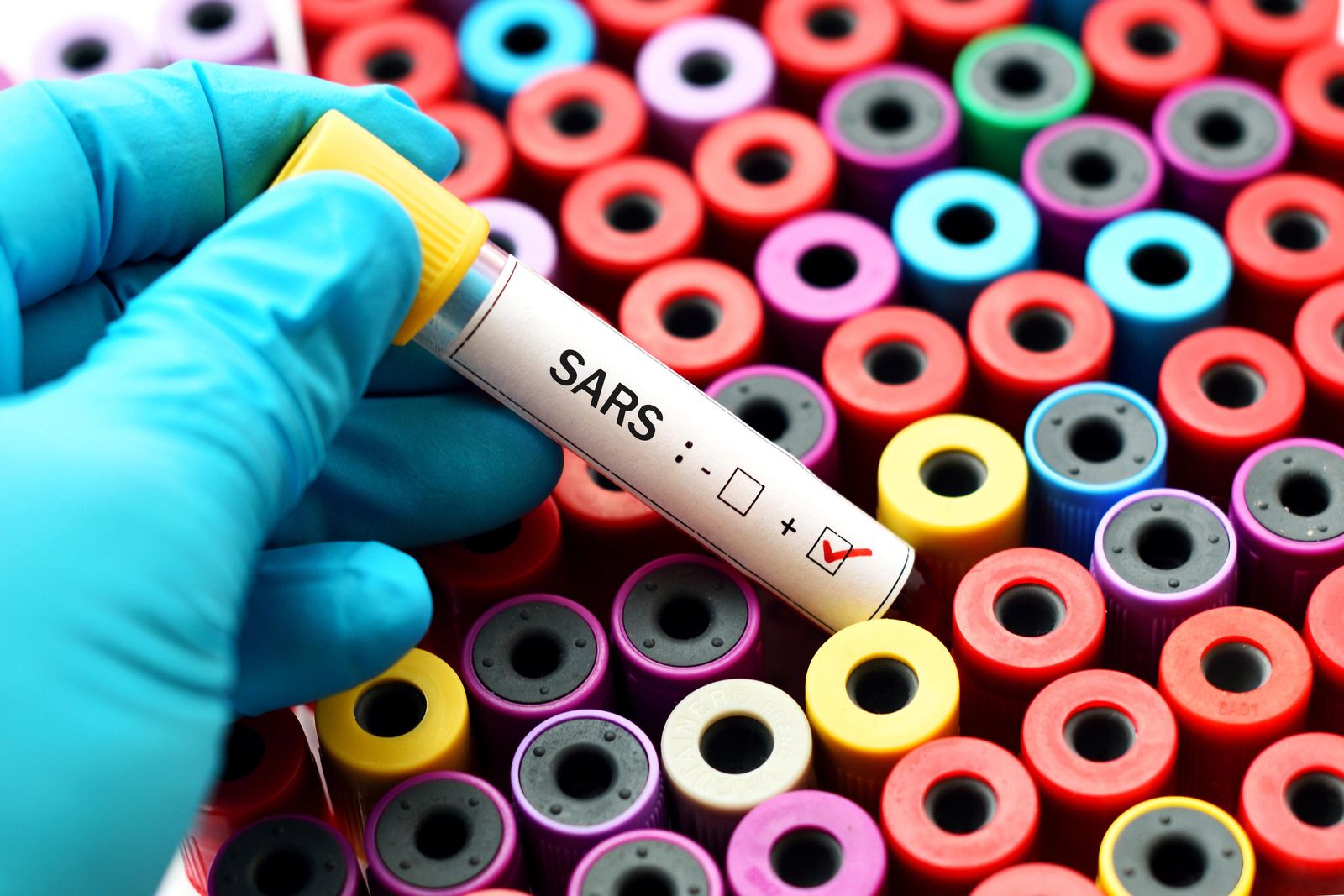© 2000-2023 - Enkey Magazine - All rights reserved
ENKEY SNC - VAT ID IT03202450924 / REA Code CA253701 - Phone. 078162719
It’s a dramatically old news that viruses can mutate, sometimes faster than scientists can predict. Its mutating properties are what made the Novel Coronavirus Disease, o SARS-CoV-2, the world-wide nightmare it is today. However, the SARS-CoV-2 isn’t the only mutating virus out there; flu itself may best be described as a mutating pathogen which may develop new, more aggressive streaks.
The key to defeating viruses is figuring out how and when their mutations take place. Scientific research does not get even the slightest break as the battle against these kind of diseases is a legitimate race against time.
What’s truly scary about mutating virus is the increasing difficulties science encounters in the development of vaccines and cures. However, medicine and science also teaches us that these terrible illnesses can be – and will be – defeated. Or at the very least controlled – to some degree.
How do viruses mutate and how does a cure become ineffectual? Let’s find out the subtlest and most widely diffused threat that mankind has ever faced all over world.
What are viruses and how we contract them?
Viruses – both mutating and ordinary streaks . are microscopical, acellular parasites. In order to thrive, a virus needs to infect and vampirize a host body.
Once the virus locates a suitable host, it latches onto the cell’s outer protein coverage and proceeds to infiltrate its DNA core. Afterwards, the virus starts replicating other infected cells – in a potentially endless loop.

The outbreak thus generated moves on to contaminate more sane cells. Meanwhile, the virus puts an halt to the original cell’s vital processes, de facto killing its host. It then can spread on to other sane cells.
But how do we contract viruses? There’s different ways in which both mutating and ordinary viruses can “leap” from their initial target to a new, unsuspecting victim. Aerial contagion is one of the most feared forms of viral diffusion, particularly as it’s difficult to contrast.
Viruses remain active in air and on solid surfaces for a determined amount of time – and if they come across a suitable host body, they can infect it effortlessly.
Mutating viruses, a new menace
An additional threat comes from mutating viruses, also known as retroviruses or RNA viruses.
A retrovirus is twice more dangerous as it can “adapt” to a different DNA from the one it was genetically programmed to target. Whereas ordinary viruses are very selective in how they can only affect cells with a particular nucleus, retroviruses bring up yet more challenges.
The virus can transfer onto host cells that were formerly uncompatible with its DNA – allowing it, for example, to first manifest in animals and later infect man.
Such is the case with the Novel Coronavirus. However, the SARS-CoV-2 is far from the first mutating virus that science had to deal with over the years.

Yet more alarming is the speed with which RNA viruses can adapt to hitherto new environments. Often mutations take place in a very short amount of time, making it hard for scientists to contrast or even just foresee an upcoming outbreak. In fact, this kind of “genetic shuffling” gives very little to no forewarning.
Before the Novel Coronavirus bombshell was dropped, the most famous case of retrovirus had been H5N1 or “bird flu”. Originally limited to birds, the virus had quickly become aggressive toward most mammal, infecting even man.
Can science defeat mutating viruses?
Contrasting retroviruses is no easy feat as the body host often lacks the antibodies needed against the disease.
Moreover, viruses themselves can develop new, more aggressive streaks which may or may not be resistant to existing cures.
However, don’t make the mistake of thinking we’re trapped in a zombie apocalypse movie where the pandemic will rampage unstoppable. Science can – and will – find new ways to oppose RNA viruses, often toning down their effects considerably.
Mutating viruses for the most part induce long-term infections which are at the same time debilitating for patients but also drawn out long enough for doctors and scientists to test out new antiviral therapies, thus keeping most emergencies under control.

Now antiviral meds must, necessarily, have a wide range of action and affect any eventual mutation that may arise even after the original streak has subsided. Furthermore, meds must not conflict with the host body’s immune system as that may lead to potentially dangerous (if not life-threatening) rejections.
One of the most famous cases where scientists could hold their ground against a retrovirus was HIV. Currently, only two patients who contracted the disease – the latest of whom was reported just a few days ago, in England – have completely healed.
Nowadays, however, scientists have developed new treatments that effectively keep the virus from spreading, reduce its lethal effects, and in general allow the infected patients to experience a much better quality of life.
Will the Novel Coronavirus also pose a long-term challenge to researchers? Apparently not, as according to the latest rumors a first vial of vaccine has already been sampled. However, it’ll take at least a year before functioning anti-Covid-19 vaxxes are available for sale.
This post is also available in:
![]() Italiano
Italiano
